Aleix Espargaro May Take Satisfaction In His MotoGp
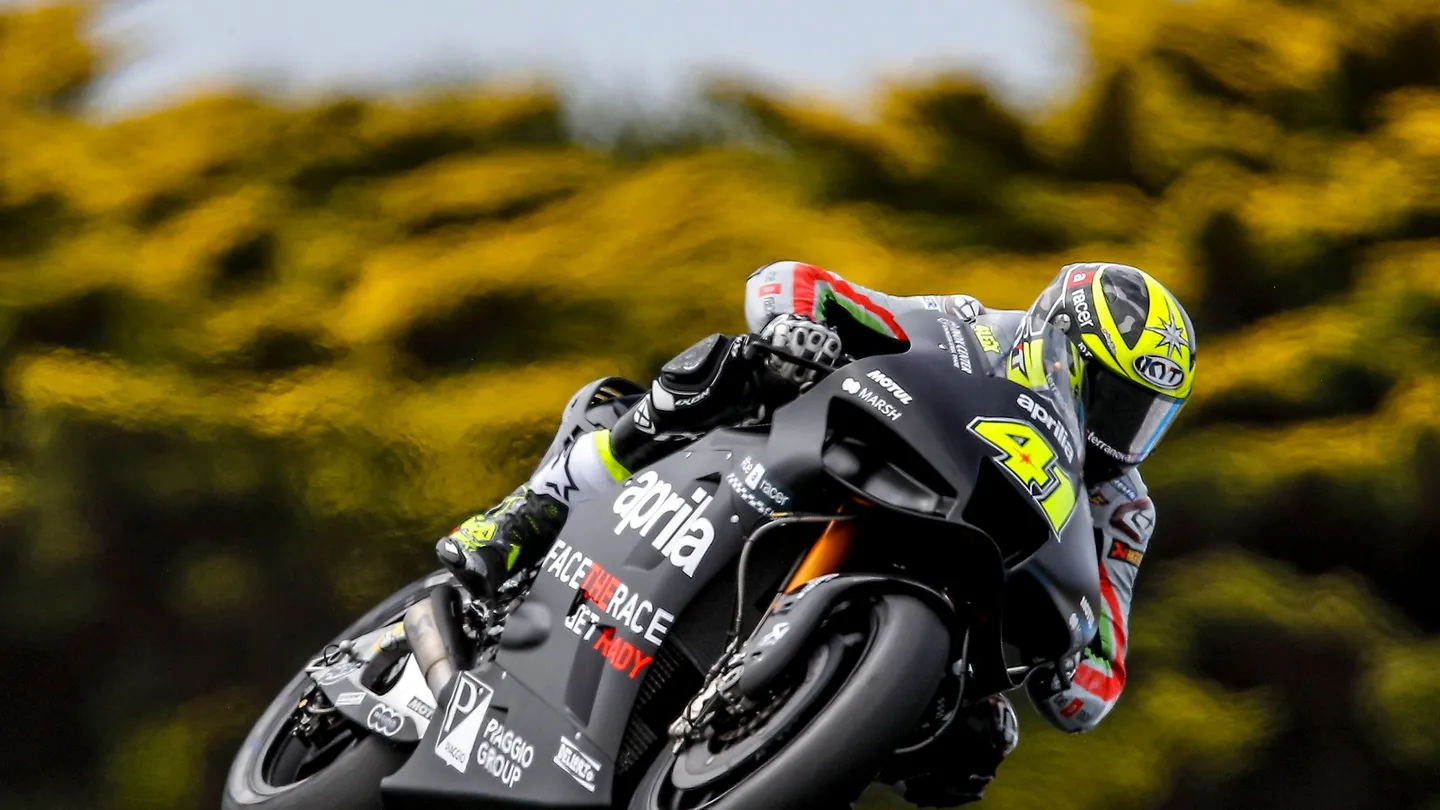
When Aleix Espargaro hops off his Aprilia RS-GP for the final time at this weekend’s Barcelona Grand Prix finale, he will be able to look back at a lengthy and ultimately successful MotoGP career that few - including the man himself - are likely to have imagined unfolding the way it did.
In fact, recognizing his career path in grand prix racing as one no rider has gone before him and certainly never will is possibly the finest compliment one can offer to the 35-year-old.
Set to retire with 255 premier class grand prix starts to his record, in terms of longevity at least, only Valentino Rossi can lay claim to having started more races once Espargaro bids adios to the grind of 20 international events a year.
And - cliche as it may be - if Espargaro’s career was a cheese, it surely went on to ripen into a beautiful blue. Indeed, with one circuit still to go, Espargaro will exit having collected at least three MotoGP triumphs, plus two sprint race wins, 11 podiums and seven pole places.
Moreover, not only for himself, but his maiden triumph at the 2022 Argentinian GP will rank as one of the series’ most memorable modern-era successes destined to be lifted in adoration long after his last chequered flag.

Granted, while there is some backhanded cynicism to go with the addendum of his first victory coming at the 200th attempt in the premier class, the belatedness also speaks of a rider whose dogged attitude towards development and an ability to rally a team around him succeeded in keeping him on the grid when many more decorated contemporaries came and went.
Espargaro made his 125cc debut in 2004 and progressed to 250cc in 2006 until a complete MotoGP debut followed in 2009. Save for a season of Moto2 in 2011, he has been on the MotoGP circuit for an astonishing 15 years. Indeed, there is some butterfly theory you might attribute to Espargaro being fairly fortunate that a MotoGP career was even feasible at all, even if being in the right position at that right moment preceded a protracted stay in the wrong one.
Grappling for grip on a junior growth route that featured the likes of Marco Simoncelli, Alvaro Bautista, Hector Barbera and Hiroshi Aoyama among them in the quarter-litre class, Espargaro’s performances in both 125cc and 250cc were good, if not brilliant. Though a frequent top 10 finisher, a personal high of fifth after four complete seasons didn’t project him as a future MotoGP race winner, so much so that he was left without a 250cc seat altogether heading into 2009.
But being confined to a Moto2 development rider job would go on to work in his benefit. Espargaro was called up when Pramac Racing sought a substitute for the injured Mika Kallio at short notice ahead of August's Indianapolis GP.
The limits of what was then a reasonably competitive Ducati equipment notwithstanding, Espargaro performed himself admirably throughout a four-event run, finishing and scoring in each. It led to a full-time deal for 2010 that placed him on a long-term MotoGP career path that may not have ever arrived had he not been sidelined in the first place.
Leaving MotoGP with victories to a name will always be an honor to any rider. But by accomplishing his on an Aprilia package that for many years previous had been scrapping for mere scraps, Espargaro’s legacy is a reminder of what effort and commitment can achieve.
Read Also: Honda Must Do Next Now It Has Its Ideal MotoGp

Scouted by Aprilia for 2017 MotoGP season for his expertise, Espargaro joined at a team still finding its feet two years on from its return to the top tier after an absence of more than a decade. While Espargaro’s entrance path from Suzuki - which also blazed the recovery road to MotoGP in 2015 - assured he was familiar with a local project, at Aprilia he’d inherited one making only modest progress by contrast.
The combination of Aprilia dividing its project between being partially in-house, partly coordinated by Gresini Racing, machinery that had evolved uncomfortably from a WorldSBK basis and poor dependability would drive it down multiple erroneous routes of growth.
It was a compliment therefore to Espargaro for keeping morale up over what would become a faithful eight-season stint with Aprilia, for better and for worse. Having Espargaro develop with the project would urge Aprilia to keep faith in the Spaniard to see it through, a vote of confidence that enabled him provide progressively better results with each passing season.
So while Espargaro might not have been the obvious option to become a contender for race victories for much of his MotoGP career, by the time Aprilia had fettled the RS-GP into a competitive package, it’s impossible to picture anybody other than Espargaro earning the greatest results on it.
A run to fourth overall during a 2022 season that yielded six podiums, including that popular debut triumph at Rio de Termas Hondo, is a crowning achievement in itself. But for Espargaro it comes with the thick slab of pride that comes with not just showing his credentials as an elite MotoGP rider, but doing so on a bike he’d created from years of hard and often grueling development work.
In a series where most riders set out to travel an upward trajectory towards a well-established front-line squad in their pursuit of success, what sets Espargaro unusual is that he’d take an entire manufacturer and team with him too.
As a new chapter as a development rider for Honda awaits, Espargaro will look across at Aprilia knowing he was the one to establish the platform from which successors Jorge Martin and Marco Bezzecchi will jump from in 2025. And that is something to be extremely proud of.

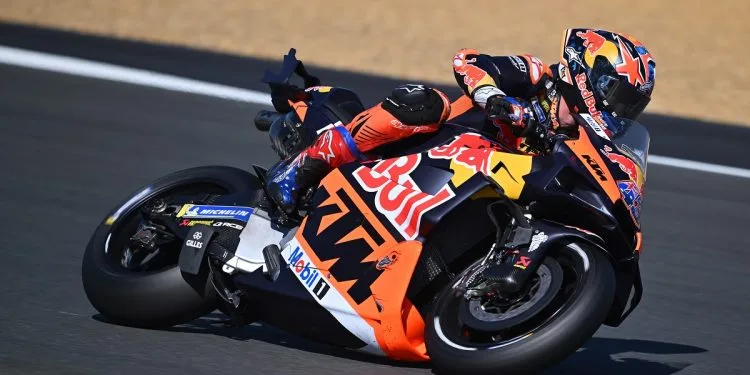
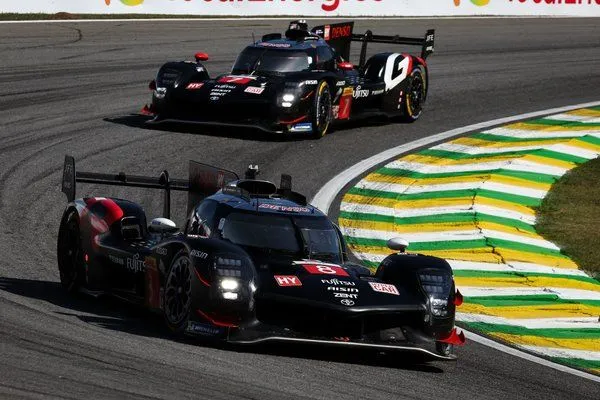
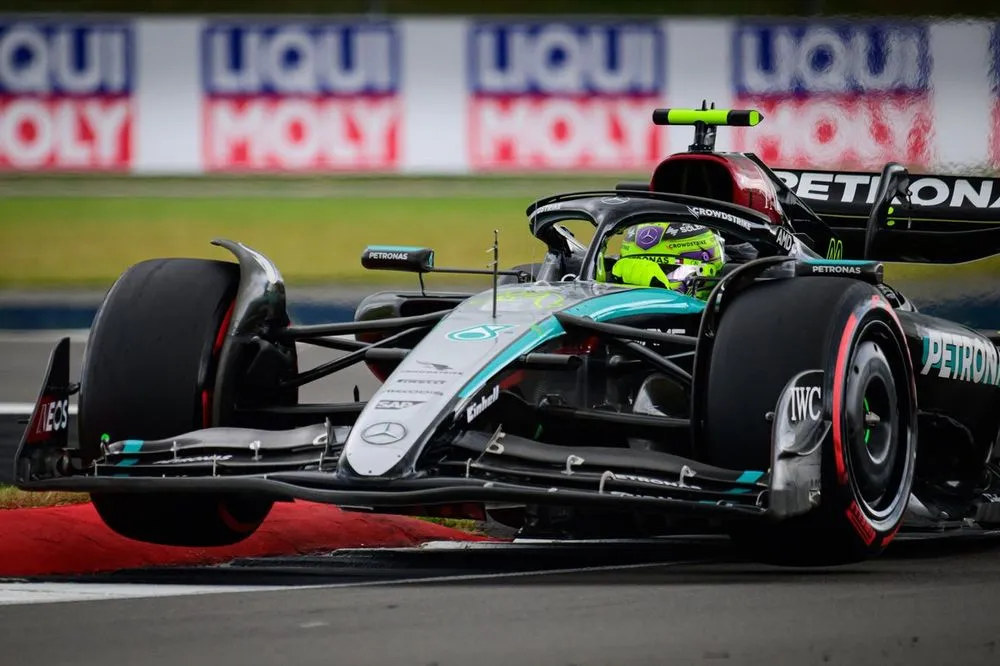
.jpg)
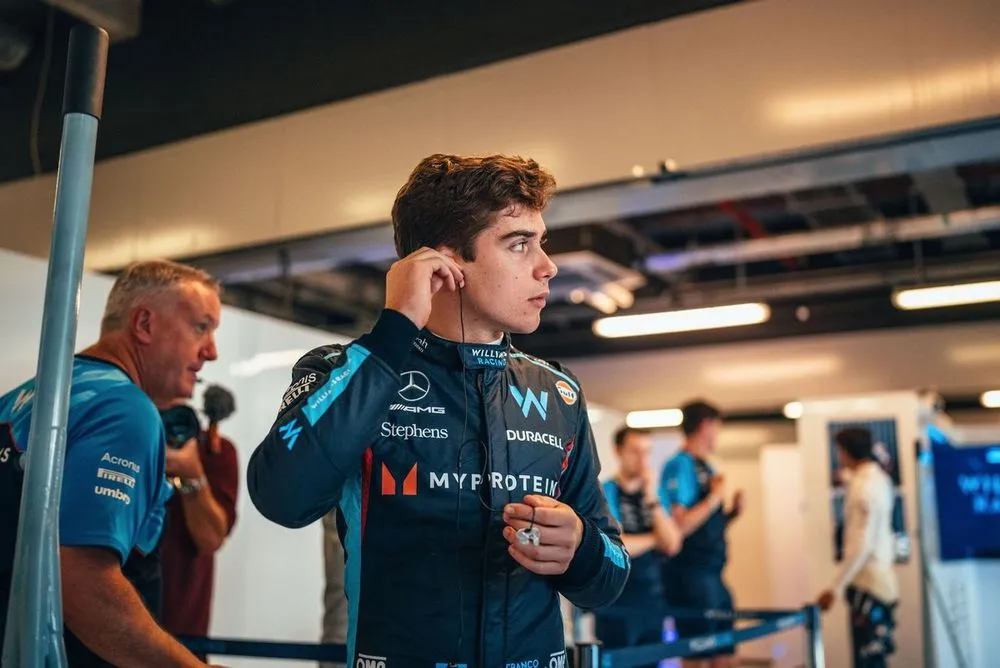
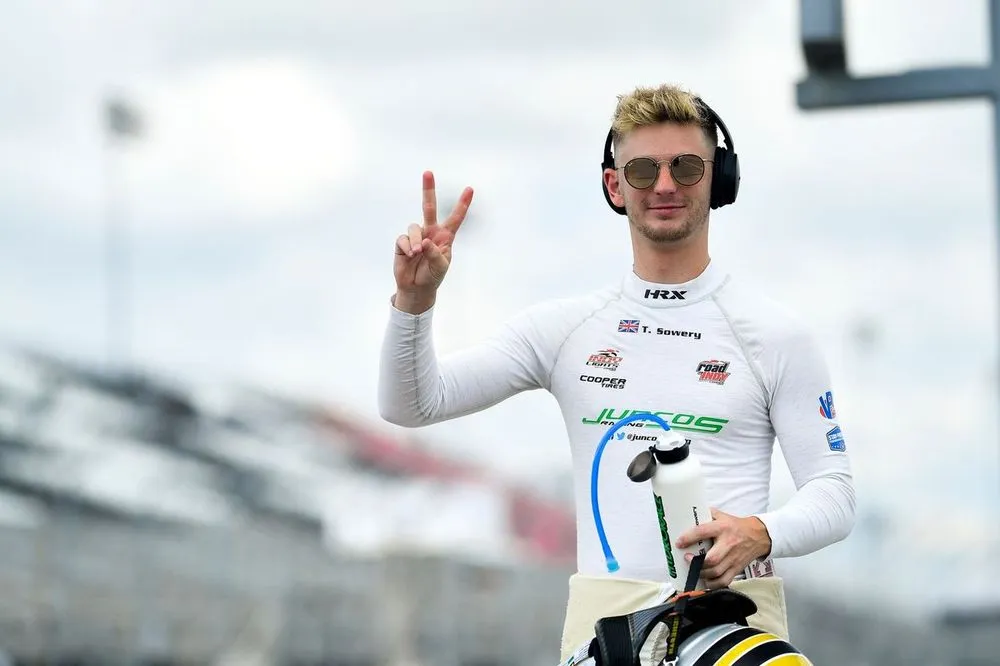
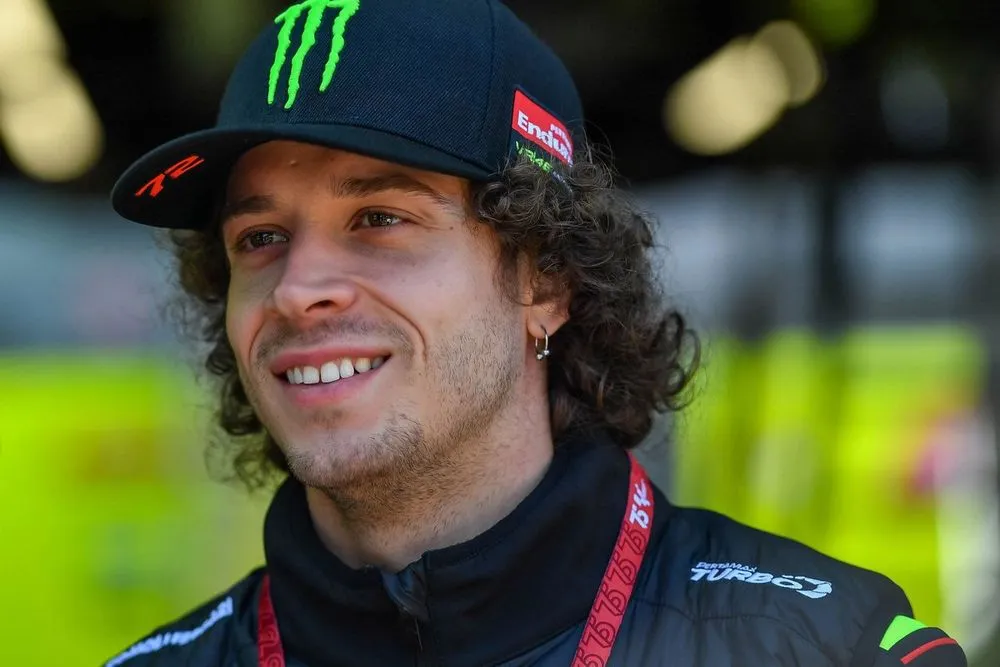

.jpg)
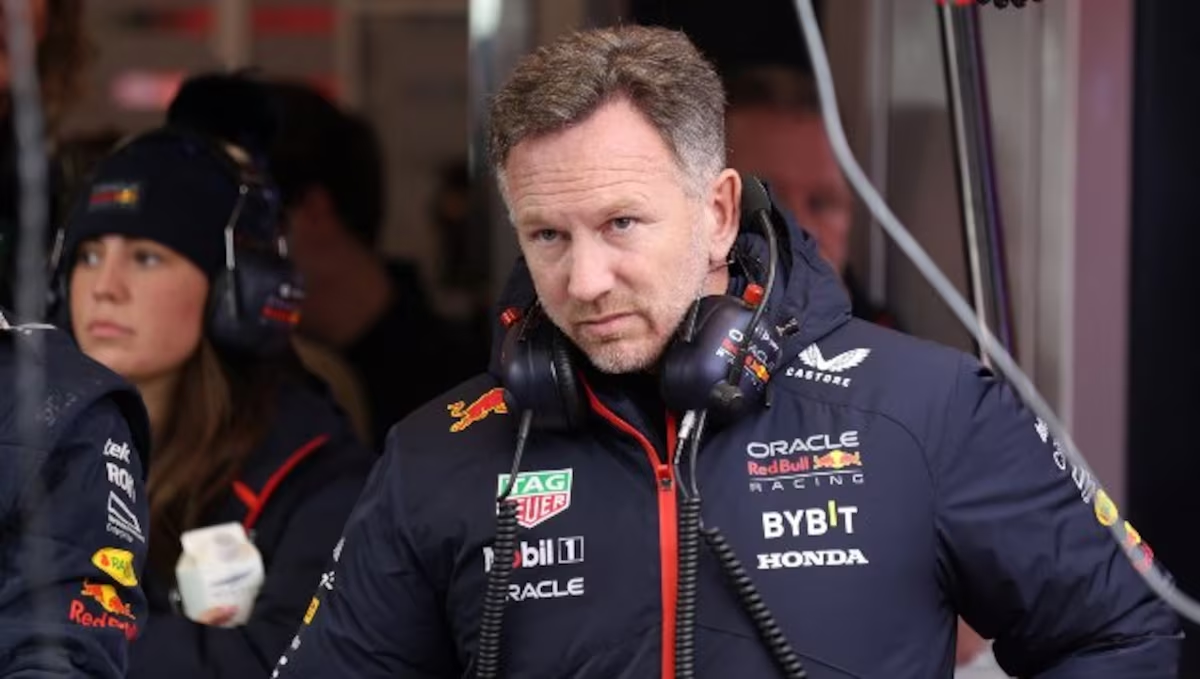
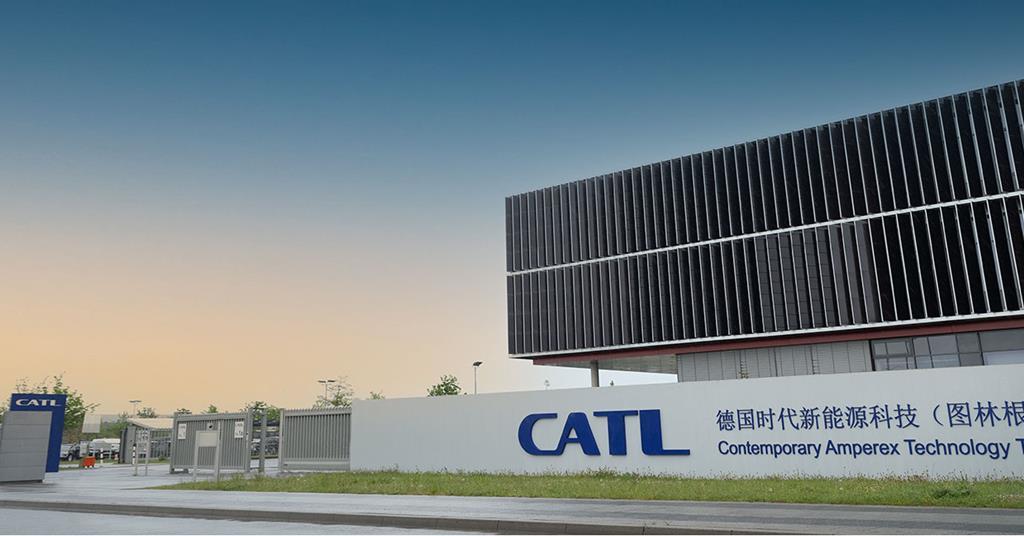
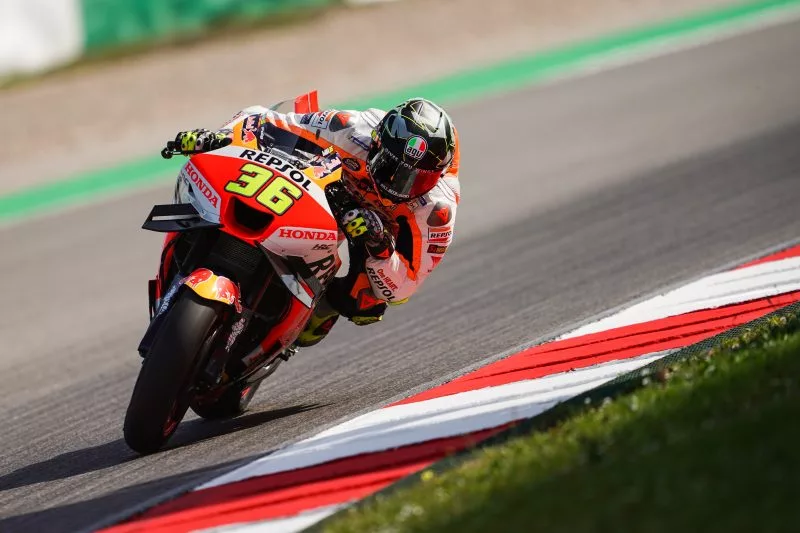
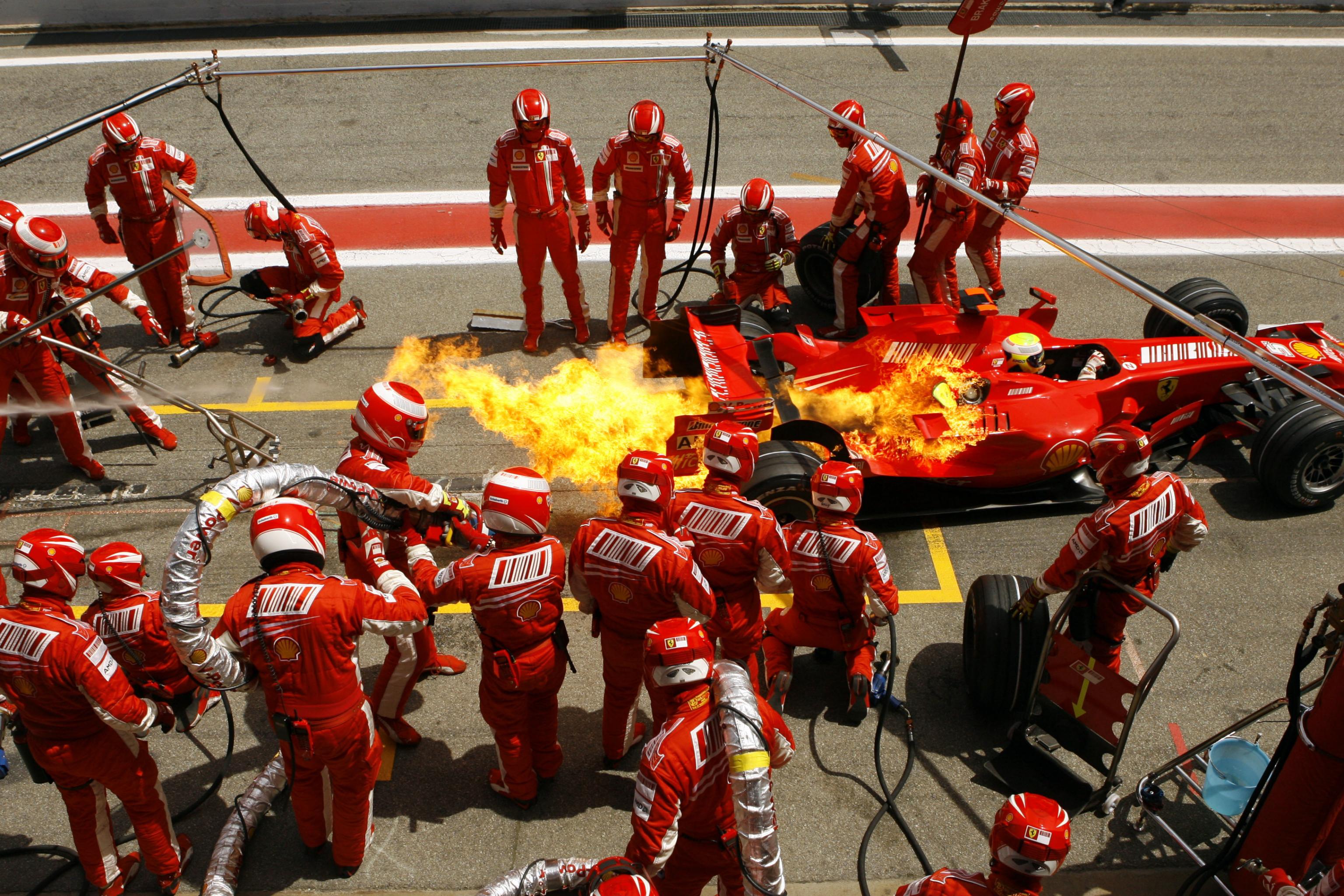
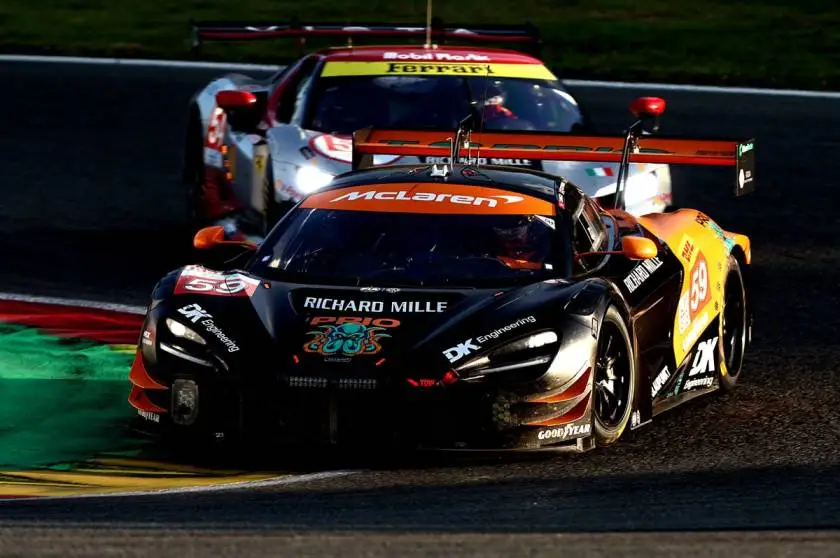
.jpg)
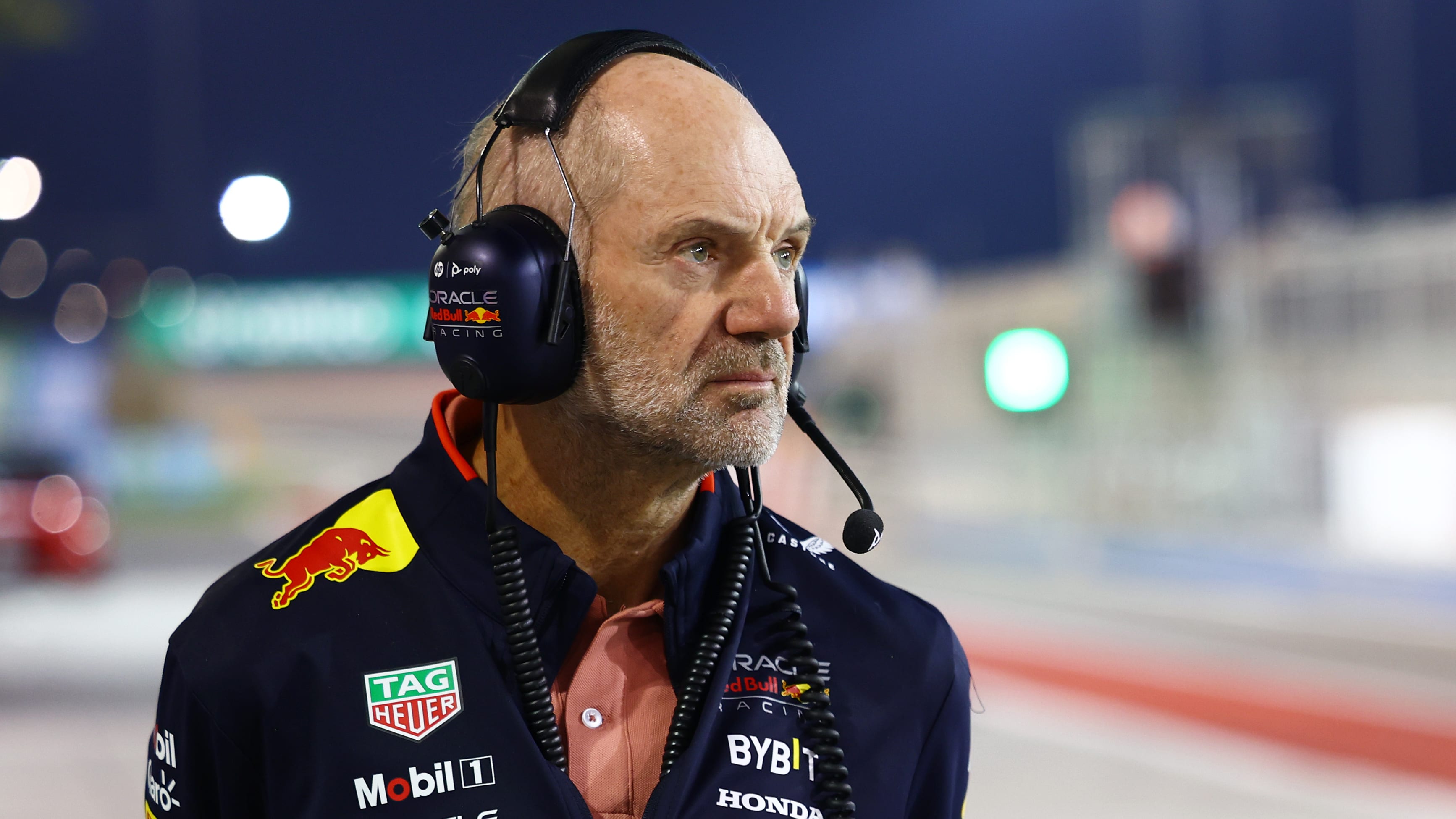
.jpg)
